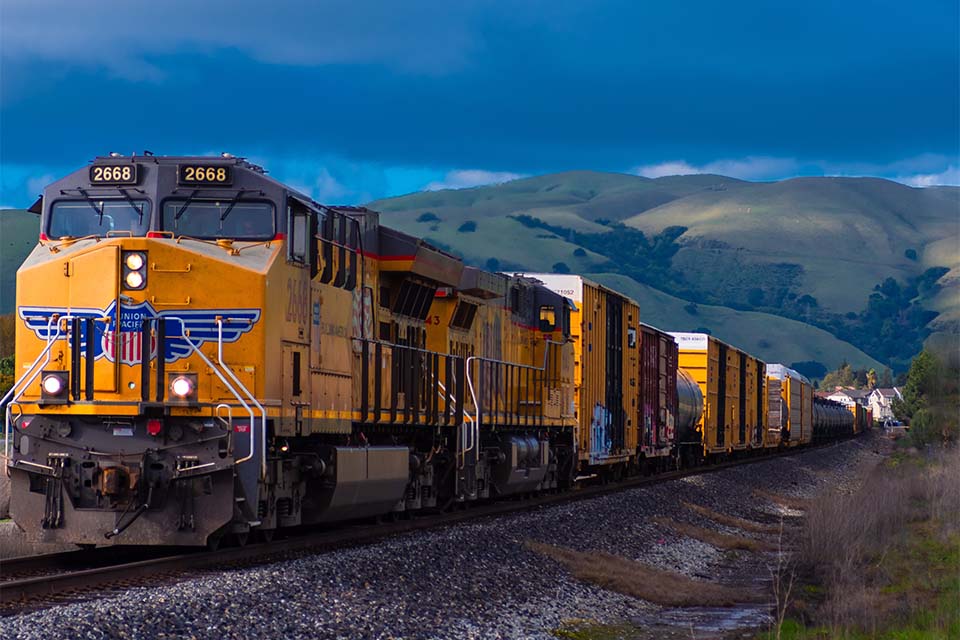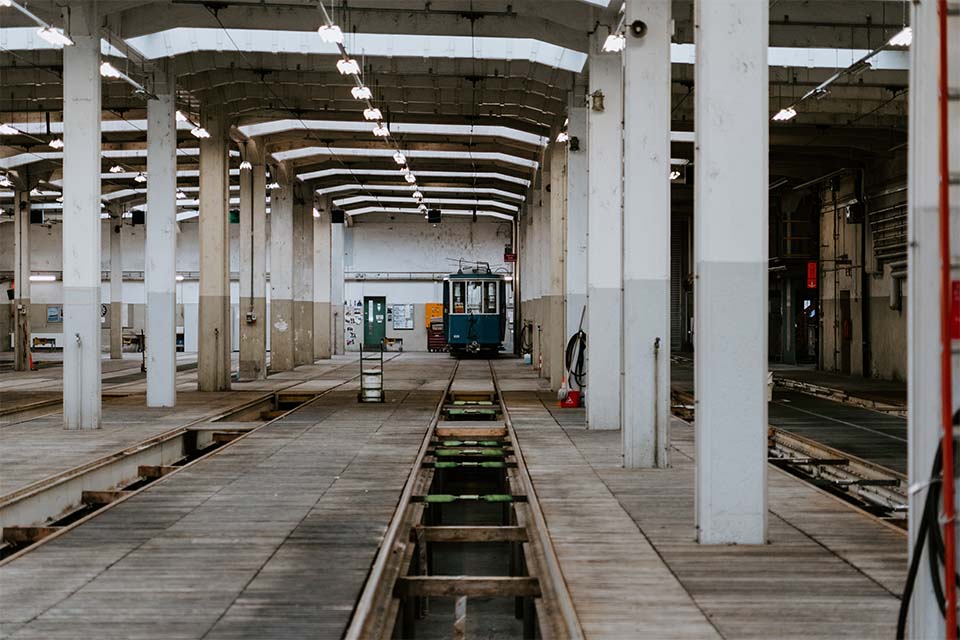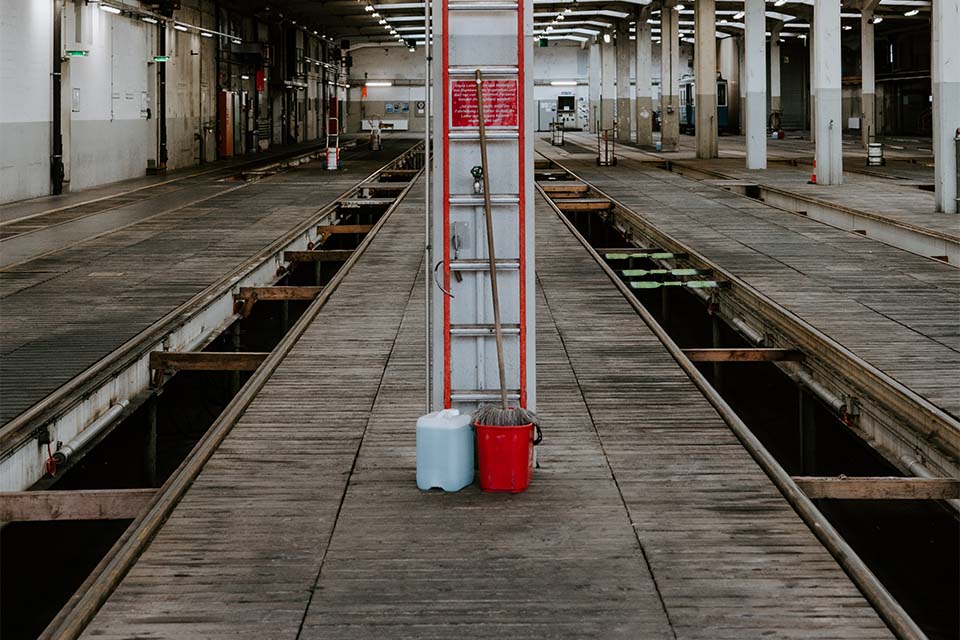Rail Car Inspection Pit Safety

In January 2021, a 22-car derailment occurred in New Brunswick because a key component caused a coupler to fail. This caused an adjacent highway to be closed for 5 days, especially when eight of the cars carried hazardous materials.
There are many reasons why derailments can happen. These include broken rails and welds, track geometry, breaks failing, or a bearing or wheel failure.
We can’t always control whether someone drives onto a public crossing at the wrong time or when a storm might suddenly appear. It’s important that we focus on areas that we can control, like equipment failure.
Regular inspections of rail cars will help recognize and prevent equipment failure. These inspections need to adjust with changes in railroad operation, like increased length and weight of trains. However, trains are a bit more complicated to look over than a truck.
Access platforms or overhead lifelines can be used to access the roof of rail cars, but what do you do when you need to get underneath?
How to work underneath your rail car

The two common ways to access the underside of a rail car are using a lift or installing a pit.
Lifts are useful when you need regular access to materials. However, a lift may require you to lift one or two cars at a time. You’ll need to decouple the rail cars and, depending on the lift, you’ll need to line them back up on the tracks. This adds more time and potential complication to the inspection and repair process.
A pit allows workers to walk underneath a train without having to decouple it. It’s a fixed place, which means that you can work on top of the train while someone is working underneath it. Also, you don’t have to worry about height restrictions or structural issues for supporting lift arms.
One concern you will have is in the name...it’s a pit. Workers are exposed to a fall hazard when there is no train to cover the work zone. So, what do you do to keep workers safe when rail cars are not in place?
How companies cover their rail car inspection pits now

There are several ways that companies have provided measures of safety for workers with mechanical service pits.
Painted lines on the ground 6 feet from the pit are often used to help bring awareness to the hazard. I fully support having these always employed, even if other measures are in place. As useful as they are for calling attention to potential hazards, they do little to provide protection for a distracted worker.
Another very common solution is plywood. Solid plywood laid across the length of the pit provides a physical barrier where lines cannot. However, pits for rail cars tend to be long to allow for the length of the train. Imagine trying to lift every piece of 4x8 plywood that would be needed to cover the pit every time you need a train to come in or after it leaves. It opens the door to human error and negligence. Also, the larger size and potential weight of the plywood could cause injury due to the mishandling of the item.
Some companies use netting, which is a lot lighter than plywood and severely reduces the risk of handling injuries. Nets do not prevent falls, though. They mitigate against injuries in the case of a fall. This means that a worker can still injure themselves by hitting the opposite edge or track. Also, they can get tangled up when trying to move the nets into and out of place.
How to safely protect your rail car inspection pits

You need a solution that provides the visibility of painted lines, the solidness of plywood, and the weight of netting. All while being easy to manipulate and out of the way. This is when Pit Protect comes in.
Pit Protect is an expandable inspection pit cover that can be manually adjusted to allow a pit to be covered in full or in part at any given time. It’s a very lightweight system that is installed in sections, so only parts that are necessary are opened.
It is installed underneath the tracks so that trains can pull in over the pits, while they are fully covered. As the worker enters the pit, they can open the section that they need and then close it when the work is done. This reduces the effort required by the worker, saving time and potential injury.
Wrapping Up
If you’d like to learn more about Pit Protect and whether it’s a good fit for you, then contact an expert to start the conversation. You’re not alone. Milwaukee County shared their story on how Pit Protect was the right solution for their service trucks.


